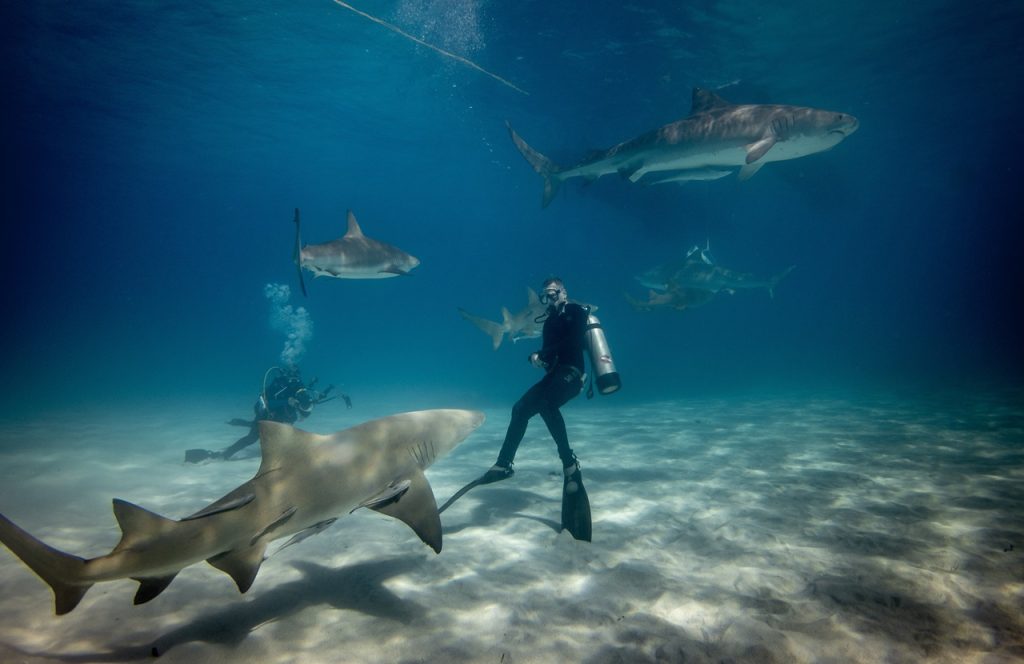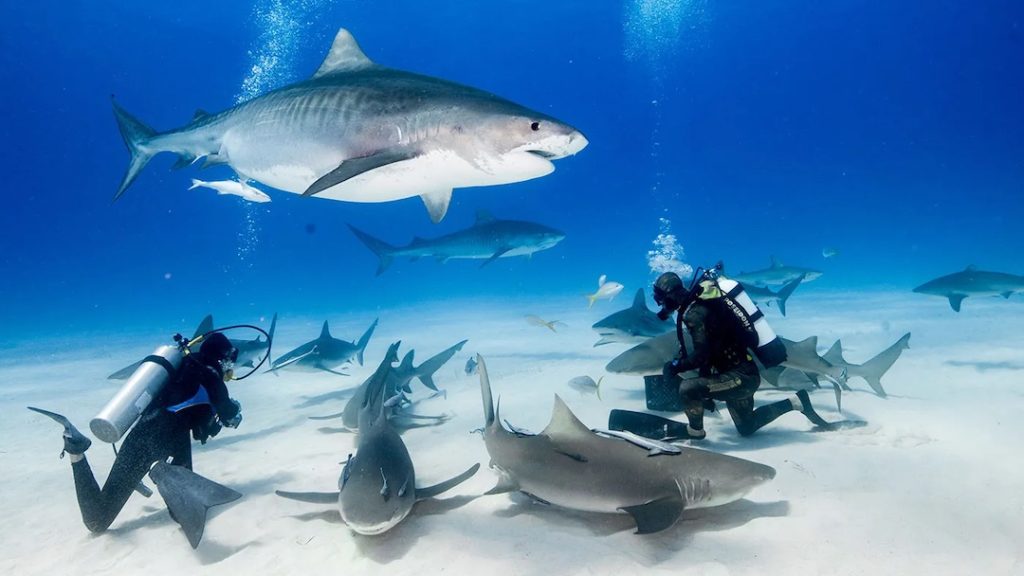In light of the recent shark attack incident that happened in the Red Sea, there has been lots of shark buzz circulating around the topic. A tourist who was enjoying a swim at a popular beach in Hurghada, was mauled to death by a tiger shark last Thursday. A question that comes to mind is if it was the right protocol to kill the shark responsible for the attack, or if it should have been left without harm. the practise of shark culling may not be the best solution to address incidents. But before we can form any opinion on the matter, it is important to take some information into consideration.
No matter how many studies have been done, one thing is for sure, sharks are predators by nature. Humans have been going into their territory since the begging of time, which has never been our home or environment. If one decides to go into an ocean, they have a responsibility to understand the risk they are getting themselves into. Shark Expert Zimy, & founder of the Deep Sea Guadians, states an interesting point. “If we twist the scenario, a man strolling in the middle of the Savana gets attacked by a lion. Would we be outraged at the lion for attacking him, knowing that he’s an apex predator? However, the chances of that same man getting attacked by a lion greatly decreases when there’s a trained professional, that has both the knowledge and gear to safely be in the presence of a lion.”

According to marine photographer & fantic, Omar Desouky, “the tourist that was attacked could have died from poisoning by stepping on a stone fish or coming in contact with a lion fish, but it’s always the sharks that get a bad reputation.” A University of Queensland scientist has cautioned against culling sharks because the long term ecological impact cannot be predicted. Culling sharks could even potentially ruin our ecosystem.
The findings of the 2017 federal Senate inquiry into shark mitigation and deterrent measures, confirmed that killing sharks does not have a proven track record of improving public safety. Moreover, the inquiry highlighted that the latest technologies have demonstrated their effectiveness in providing protection without any harmful impact on the environment.

The practice of killing sharks as a means of mitigating shark incidents is not only ineffective but also inhumane. The use of drumlines with baited hooks, for example, can cause sharks considerable pain and suffering for days on end. It’s time we abandon these outdated and cruel methods and focus on non-lethal alternatives, such as new and innovative technologies that have been shown to be both effective and humane.
By doing so, we can protect both humans and sharks, and create a safer and more sustainable ocean environment for all. In rare cases professionals will cull certain sharks after they confirm with proper evidence, that same shark has repeatedly attacked people numerous times. The reason for culling in this case, is for the purpose of running scientific research that may help us better understand why this happens.
According to Dr. Clua, precision strikes on sharks that have attacked humans can be made possible through a DNA profiling technique he calls “biteprinting.” He suggests that it’s typically only a small number of “problem sharks” that repeatedly attack humans, similar to how some terrestrial predators behave. Rather than culling every bear, tiger, or lion in the area, wildlife managers on land usually focus their efforts on the culprit. Dr. Clua believes that the same approach can be taken with problem sharks, dispatching only those that pose a threat to public safety. This approach could be a more targeted and humane way of managing shark incidents, while also preserving the delicate balance of marine ecosystems.

It’s recommended that we focus on developing and implementing non-lethal approaches that take into account the biology, behavior, and ecology of sharks. These methods may include shark tagging and tracking alert systems, patrols and surveillance, active and passive electrical repellents, innovative sonar systems, and eco-barriers. By adopting these innovative measures, we can create a safer and more sustainable ocean environment that protects both humans and sharks.
Regardless of the approach taken, a solid understanding of the biology, behavior, and ecology of sharks is essential for developing effective strategies that protect both humans and sharks. By relying on the best available scientific evidence, we can create a safer and more sustainable ocean environment for all.

Further studies on why shark incidents have increased in Egypt are crucial to start solving this issue. Whether the cause is related to increased fishing or other reasons, it’s important that the Ministry of Environment in Egypt increase laws and regulations to protect both public safety and our marine ecosystem. Killing sharks as a means of public safety not only causes unnecessary harm and suffering to both targeted and non-targeted species, but it also disrupts the delicate balance of marine ecosystems and puts protected and vulnerable species at risk. It’s time we acknowledge the importance of preserving and protecting our ocean’s biodiversity, and turn our focus towards non-lethal methods of shark management. By doing so, we can create a safer and more sustainable ocean environment that benefits both humans and marine life alike.
We Said This Don’t Miss…6 Sharks You Might Encounter While Diving In The Red Sea



